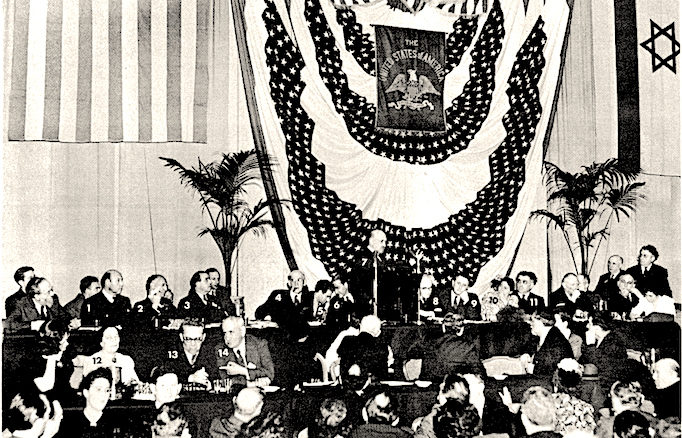
This conference speaks truth to power. We gather here because we support truth and justice in Palestine. We also insist on a free and open discussion of the Israel lobby and its impact on American democracy and world politics.
All of you already know that the Israel lobby is extremely powerful - for the record, it constitutes easily the most powerful diaspora lobby representing the interests of a foreign nation in all of American history - but you may not know how deeply rooted it is. In fact, the extensive lobbying efforts of Zionists and their Jewish and Christian sympathizers in the United States predate the creation of Israel and flourished throughout the first generation of the Palestine conflict.
As good a date as any to fix the origins of the Israel lobby in the United States is the 1942 Biltmore Conference held in the heartland of American Zionism, New York City. Zionists quickly discovered that they could mobilize Jewish organizations as well as groups such as the American Christian Palestine Committee, to pressure Congress to back the cause. The nascent lobby efficiently lined up the two main political parties in support of creation of a Jewish commonwealth, admission of masses of refugees, and crucial US financial assistance to accommodate them. Military assistance would come later.

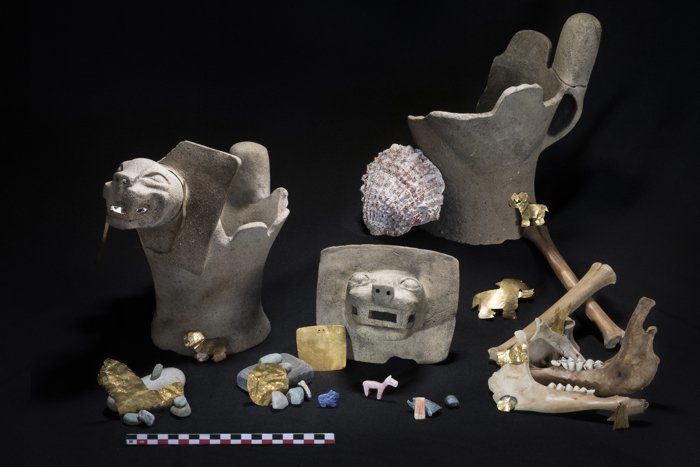

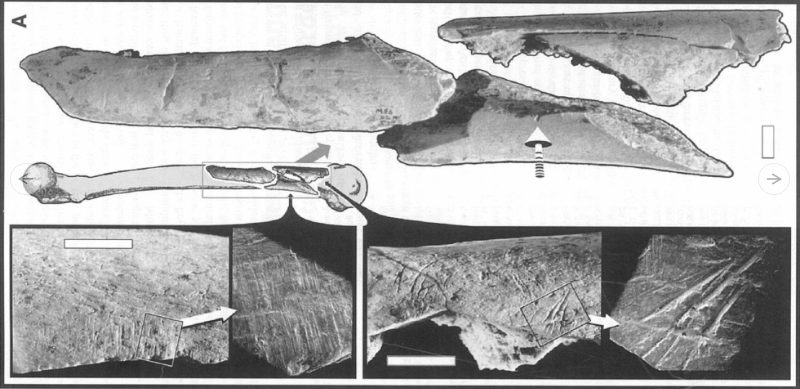
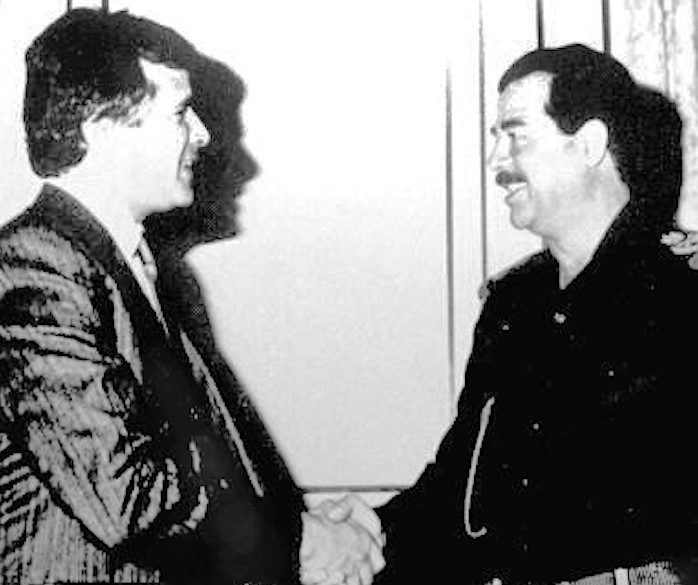
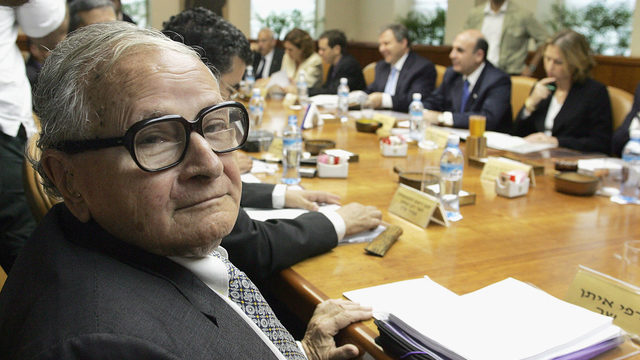
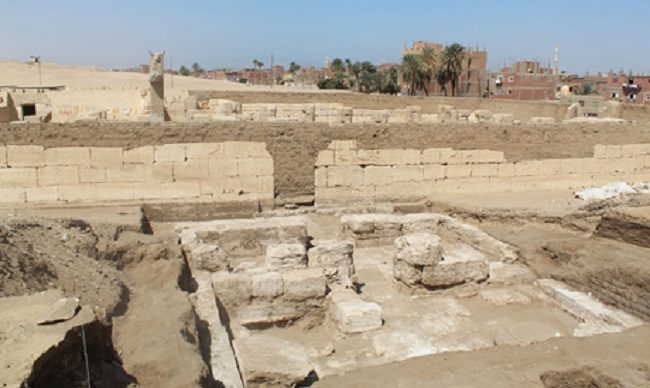
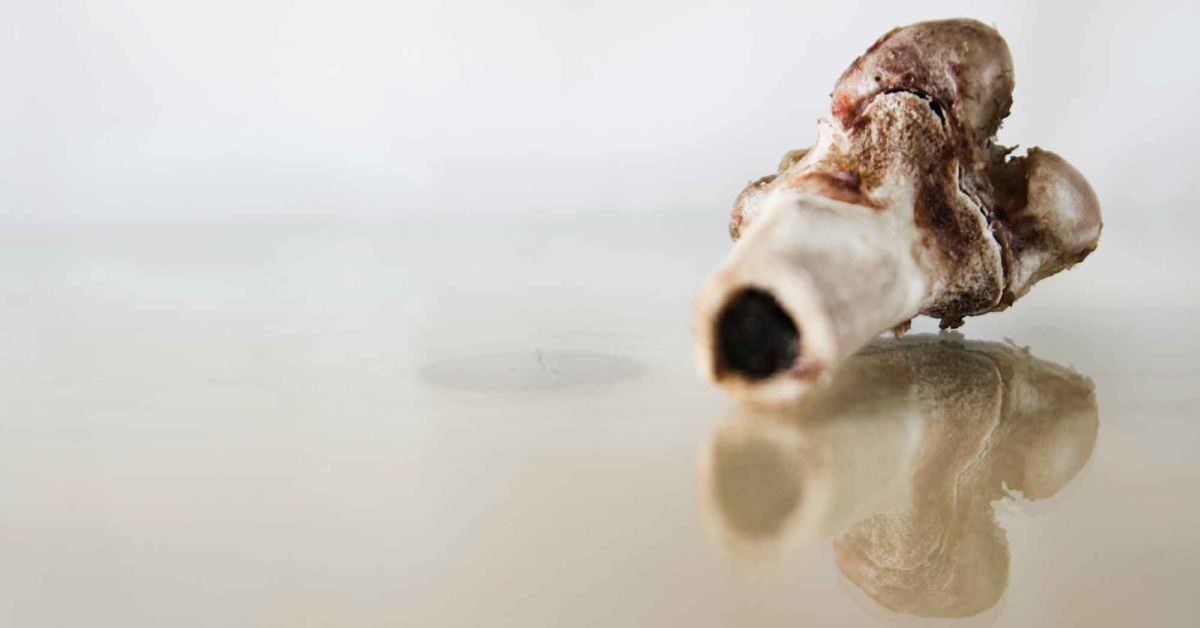
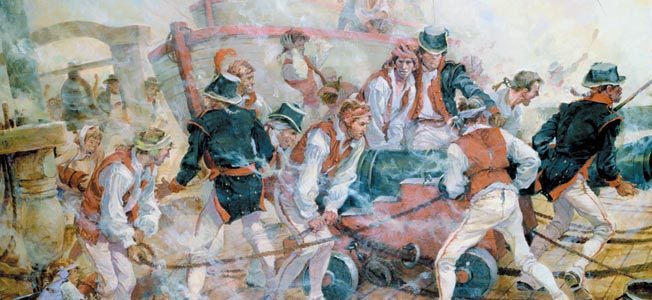



Comment: Watch Hixson's full speech: